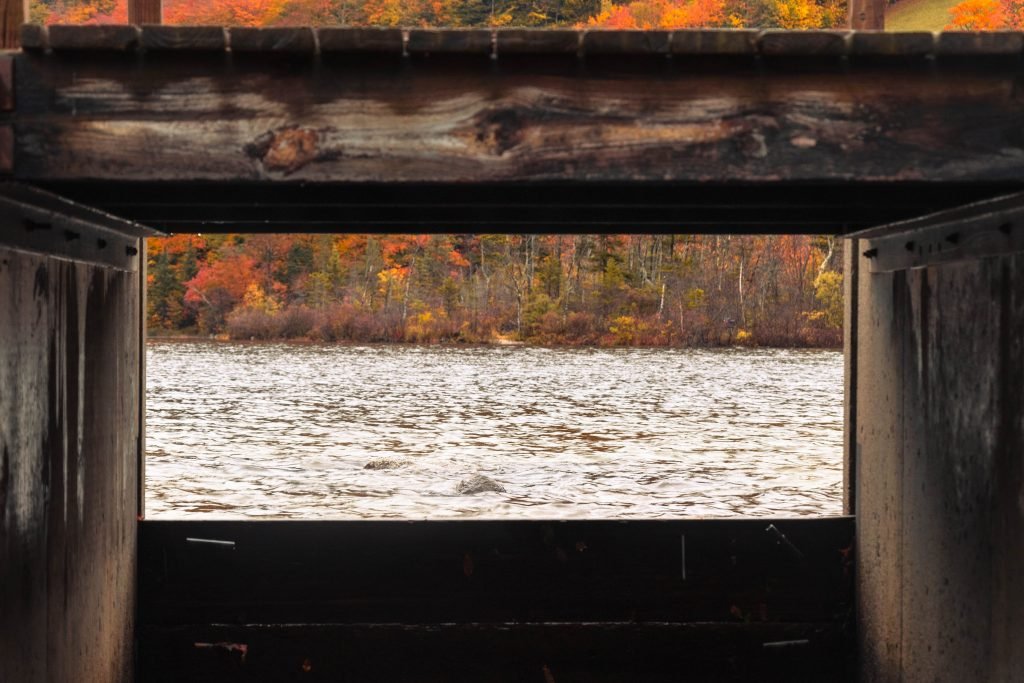Have you ever noticed an unusual smell in your home or seen unexplained stains on the walls? It might be more than just a simple annoyance; these could be common signs of mold. Understanding mold and its effects is crucial for maintaining a healthy living environment. Let’s break down the common signs of mold in your home and what you can do about it.

This image is property of images.unsplash.com.
What is Mold?
Mold is a type of fungus that thrives in damp, dark environments. It is made up of tiny spores that float through the air and settle on surfaces, where they can grow and reproduce if conditions are right. Mold can be found both indoors and outdoors, and it plays a vital role in nature by breaking down organic matter. However, when mold is present in your living space, it can lead to health issues and structural damage.
Where Does Mold Grow?
Understanding where mold tends to thrive can help you identify potential problems before they become serious. Mold prefers:
- Moist Environments: Areas with high humidity or water damage are prime candidates for mold growth.
- Poor Ventilation: Spaces that are not properly ventilated can trap moisture, making them ripe for mold.
- Organic Materials: Mold feeds on materials like wood, drywall, and carpet, which makes homes susceptible.
With this knowledge, you can be more proactive in checking for mold in and around your home.
Common Signs of Mold
1. Unpleasant Odors
One of the first signs of mold is a musty or damp smell. If you notice a strange odor that seems to linger despite cleaning efforts, it might be time to investigate further. Mold can produce volatile organic compounds (VOCs) that contribute to these smells.
2. Visible Mold Growth
Finding visible mold is usually a clear indicator of a problem. Mold can appear in a variety of colors, including black, green, white, or even orange. You may find it in:
- Corners of Walls: Especially in areas that are often damp, like bathrooms.
- Underneath Sinks: Water leaks can create perfect conditions for mold behind and under sink cabinets.
- Basements and Attics: These areas often have less ventilation and higher humidity levels.
If you see mold, it’s essential to address it immediately to prevent further growth.
3. Water Damage
Signs of water damage such as stains, discoloration, or peeling paint can indicate mold growth. Mold often follows water, so if you see any of these issues, it’s a good idea to investigate further. Pay special attention to areas where water may accumulate naturally, like around windows or near plumbing fixtures.
4. Allergic Reactions
If you or your family members experience unexplained allergic reactions like sneezing, coughing, or skin irritation, mold may be the culprit. Mold spores can trigger asthma attacks or other respiratory issues, especially in sensitive individuals. Here’s a breakdown of common symptoms:
| Symptom | Description |
|---|---|
| Sneezing | Frequent sneezing fits may indicate mold allergies. |
| Coughing | Persistent coughing can be a sign of exposure to mold. |
| Skin Irritation | Rashes or itchy skin could be caused by mold spores. |
| Eye Irritation | Red, watery, or itchy eyes can also signify mold exposure. |
If you notice these symptoms, consider checking for mold in your home.
5. Mold Growth in a Shower or Bathroom
Bathrooms are notorious for mold growth due to the humidity from showers. You may find mold around the edges of bathtubs, on the grout in tiles, or even on shower curtains. Regular cleaning and ventilation can mitigate mold growth in these areas.
6. Condensation
If you notice consistent condensation on windows, walls, or pipes, it could indicate high humidity levels that may foster mold growth. This can be especially prevalent in colder months when warm air inside meets cold surfaces.
7. Health Problems
In addition to allergic reactions, more severe health issues may arise from prolonged mold exposure. Mold can lead to:
- Respiratory Issues: Chronic cough, difficulty breathing, or wheezing.
- Other Symptoms: Fatigue, headaches, or even memory problems.
If you suspect that mold may be affecting your health, consult with a healthcare professional.

This image is property of images.unsplash.com.
How to Identify Mold Early
1. Regular Inspections
Conduct regular inspections of your home, especially in areas prone to moisture. Look for visible signs of mold and water damage. Pay attention to:
- Behind appliances: Refrigerators and washing machines can sometimes leak water unnoticed.
- Around pipes: Inspect for leaks regularly.
- Outside your home: Ensure gutters and downspouts direct water away from the foundation.
2. Measure Humidity Levels
Keeping a hygrometer in your home can help you monitor humidity levels. Ideal indoor humidity is between 30-50%. If levels exceed this range, you may want to take steps to reduce moisture:
- Use dehumidifiers: Especially in basements or areas of high humidity.
- Increase ventilation: Open windows when weather permits, and consider using exhaust fans.
What to Do If You Find Mold
1. Determine the Extent of the Problem
If you find mold, assess how extensive the issue is. Small patches on hard surfaces can often be cleaned easily, but larger infestations may require professional help.
2. Clean It Up Safely
If you decide to tackle mold removal yourself, ensure you have the right protective gear:
- Gloves: To prevent skin contact.
- Mask: To avoid inhaling spores.
- Goggles: To protect your eyes.
For smaller areas, you can typically use soap and water or a vinegar solution to scrub the mold away. For porous materials like drywall or carpeting, it’s often best to discard the item if it’s significantly contaminated.
3. Professional Help
If mold covers an area larger than 10 square feet, or if it’s inside your HVAC system or wall cavities, it may be wise to hire a professional mold remediation service. They have the expertise and equipment to handle larger infestations safely and effectively.
4. Prevent Future Growth
Once you have addressed the existing mold, focus on prevention to keep it from returning:
- Fix Leaks: Repair any leaks in your home right away.
- Improve Ventilation: Use exhaust fans or open windows to reduce moisture in high-humidity areas.
- Seal Windows and Doors: Ensuring that your home is airtight can help control humidity levels.
5. Monitor and Maintain
After mold remediation, keep a watchful eye on affected areas. Routine checks can help catch any signs of mold recurrence early. You can also set reminders for seasonal checks of high-risk areas.

This image is property of images.unsplash.com.
Conclusion
Being aware of the common signs of mold in your home is crucial to maintaining a safe and healthy environment. By regularly inspecting your living space, taking proactive measures to control humidity, and knowing how to handle mold when you find it, you can protect yourself and your loved ones from the harmful effects of mold.
If you suspect mold has invaded your home, don’t hesitate to take action. With the right approach, you can ensure that your home remains a safe haven. Remember, being proactive always pays off when it comes to mold prevention!



